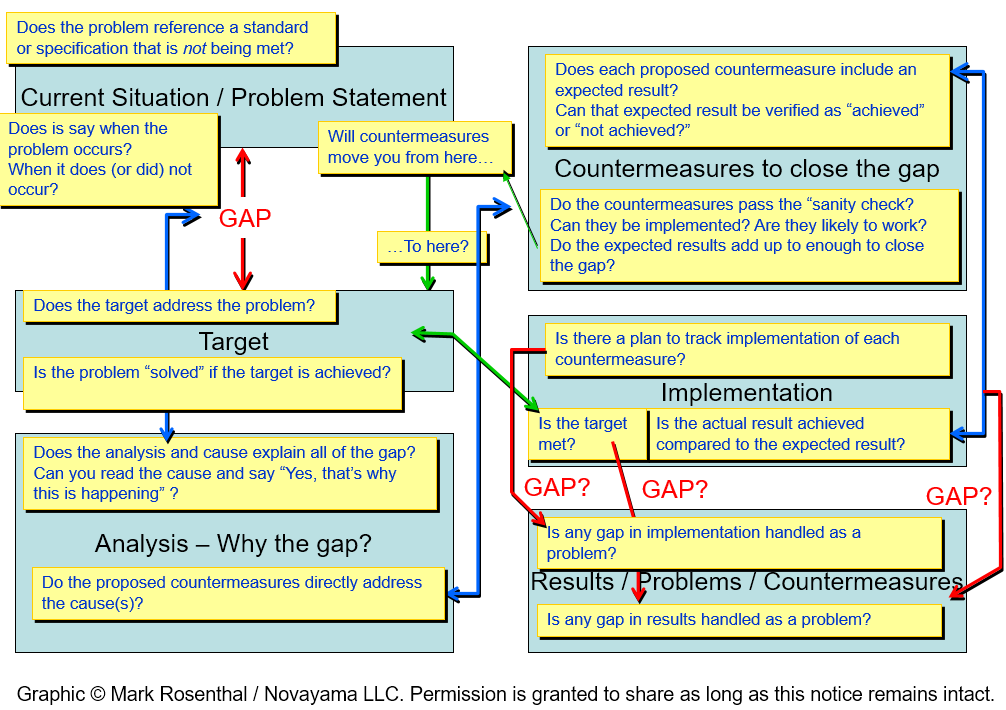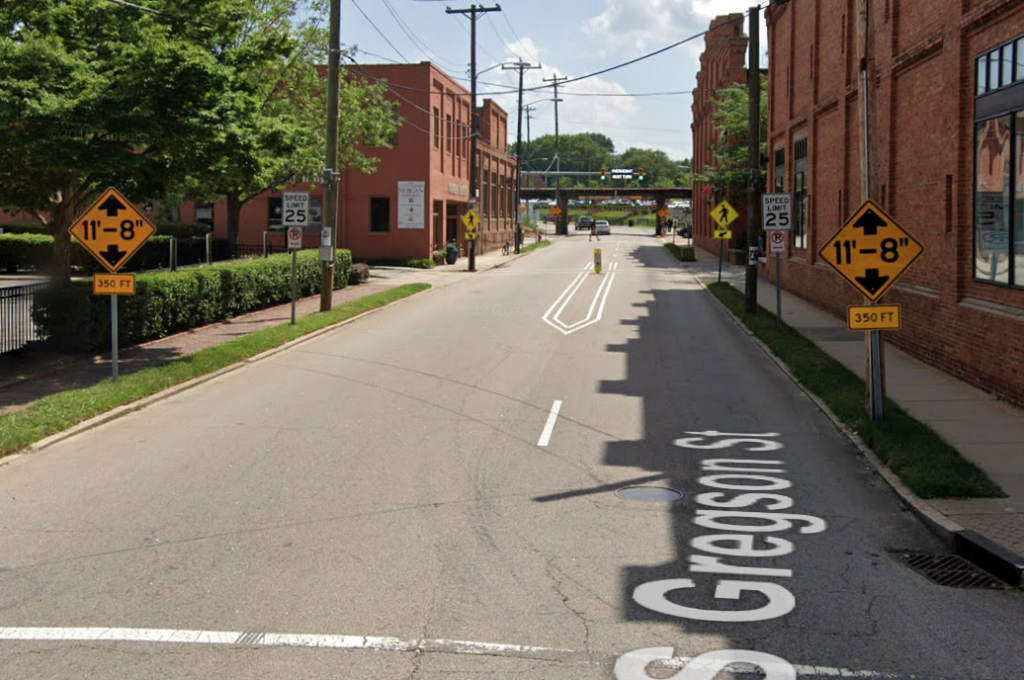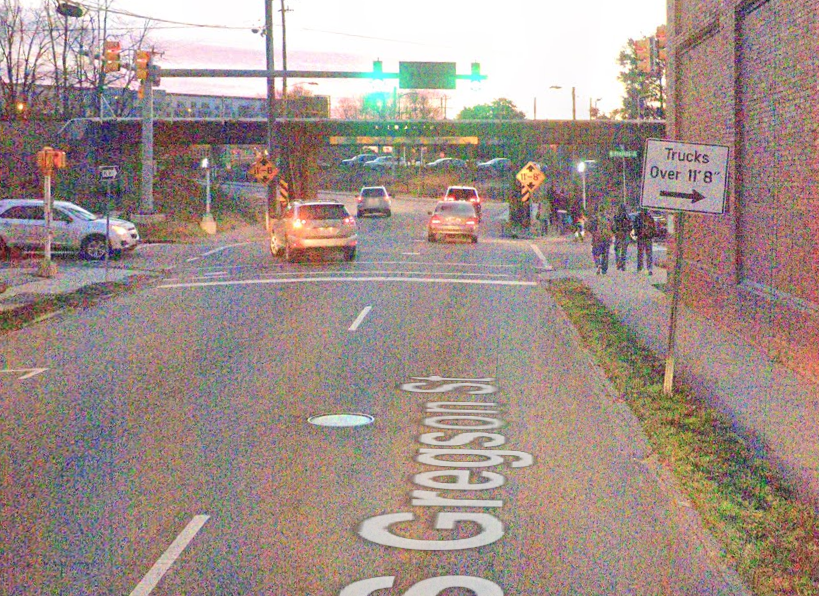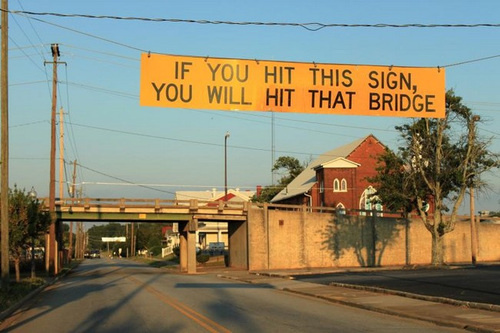This all happened nearly three decades ago. Since then the company has been through a series of mergers and acquisitions. Thus, the only thing I can be certain of is that things are different today – at least I hope so.
It was Tuesday afternoon of a traditional five-day kaizen event. Monday morning had been spent training the team on the basics of “JIT” including some fundamental principles and a 1:1 flow simulation just to demonstrate some of the possibilities.
Beginning mid-afternoon on Monday and continuing into Tuesday morning was “walk the process” – mainly looking at material flow, where things bunched up, and things that wasted people’s time (there was no shortage of that). By Tuesday afternoon the team was being guided through the process of developing a “vision” – a fairly idealized version of what would be possible with some changes.
The team I was assisting with was focused on flow through an annealing oven. This was near the end of the process, and was perceived as a bottleneck. It was designed as a long tunnel, individual plates of material could be placed on a conveyer at one end, and would come out the other having spent enough time in the oven for the process to work. It was ideal for 1:1 flow, and that is what we were advocating.
The current process, however, was to accumulate material in front of the oven until it was a pretty significant pile. Then stacks of material would be put on the conveyer – which now had to be slowed down because there was so much solid mass to heat up.
Math was on our side. It was easy to demonstrate that the oven actually had plenty of capacity, and could easily meet the need by operating it as it was designed. The problem-behind-the-problem was that nobody was assigned to load the oven, and it was kind of like that sink of dishes an apartment with four roommates.
Still, the team, composed primarily of front-line workers and a supervisor, was warming up to the idea that it was actually easier to load one piece at a time.
Part of the ritual was for the team to present their concept to the assembled management team for a green light. They did a pretty good job.
After that presentation, though, John came in. (I’m calling him John at least.)
John was dressed in his black slacks, white shirt and tie. He was the manager of “Industrial Engineering” and was adamant that this scheme would tank the metrics of the company. The oven was the bottleneck, you see. Unless it was heavily batch loaded, then it would throttle the output of the plant.
I stood up to engage him – and keep him from derailing the rest of the team, and slowly moved the conversation out of the room. I was dressed in heavy work clothes, metatarsal protective boots, carrying a hard hat under my arm, heavy gloves inside it. I didn’t work there.
John showed me his pages of printouts to prove that the current output of the oven was inadequate, to make the case that anything that slowed it down would be disastrous. Those printouts, of course, only showed output.
My response: “John, I have been here for two days. I walk past that oven every time I go into and leave the plant. I have, not once, seen anyone working there. The reason the oven is a bottleneck is because nobody loads it.”
This was not a function of machine capacity. I had that math too – and at the time was surprised that he didn’t. I was still new at this. Today I would not be surprised if management didn’t know theoretical or expected capacity. But the bottom line was simple: There isn’t going to be any output if there is no input.
I got the impression he couldn’t respond because he rarely, if ever, ventured into the actual plant. It was some distance from the office building, and it was loud, unheated in the winter (and COLD), hot in the summer. Simply put, he wasn’t dressed to go out there.
There were a lot of headwinds here, but nearly all of them came from the head office. Their top level metrics conspired against them – they measured success as the amount of material the pushed through the START of their value stream. The individual operations were isolated from one another physically, in both space and time with weeks and months of WIP separating them. The workers contract had heavy piece rate incentives. (I wasn’t smart enough at the time to ask if there was a differential piece rate for hitting a higher goal – vestige, of Frederick Taylor – but it would not have surprised me.) Needless to say, the concept of making operations dependent on one another with flow was a tough sell.
Even worse – and this just occurred to me – because there was no fixed crew for loading the annealing oven, the people being tasked to load it would be taken away from their piece-rate tasks, and actually reduce their pay to feed what management believed was the constraint to output.
Interestingly, though, we were back on the site a couple of months later. As I was walking through the shop, one of the workers pointed and shouted my name. He didn’t look happy, so I was thinking, “Oh, oh, I’m going to get an earful. “
And an earful I got. But it wasn’t about the concept. It was about management apparently not doing anything with the proposed changes. And I knew this guy – he was on the first team because he was a pretty influential informal leader among his peers. His opinion was important. He was willing to give all of this a try, but was frustrated that management seemed to be leaving them out to dry.
I’ve seen this before. The pushback from the shop floor has often been less of “we don’t believe this will work” and more of “We don’t believe management will support us as we try to make it work.”
I was pretty new at all of this. We were partnered with consultants that we paid for with the idea of eventually learning to lead these events on our own. What I was supposed to be learning was how to find opportunities, plan, and facilitate kaizen events.
But even then, I was starting to question whether kaizen events alone, no matter how many or how quickly they were run, would actually create long-term significant change. We need to work on the culture, and the things that drive the culture.
As an aside – I have been in a lot of industrial facilities. This is the only one where I actually felt in danger. I kept my head on a swivel at all times. Perhaps another symptom of management pretty much staying in their offices.






